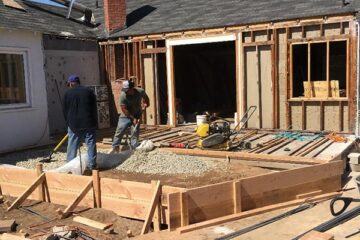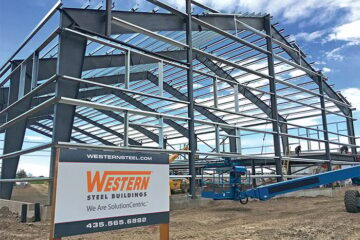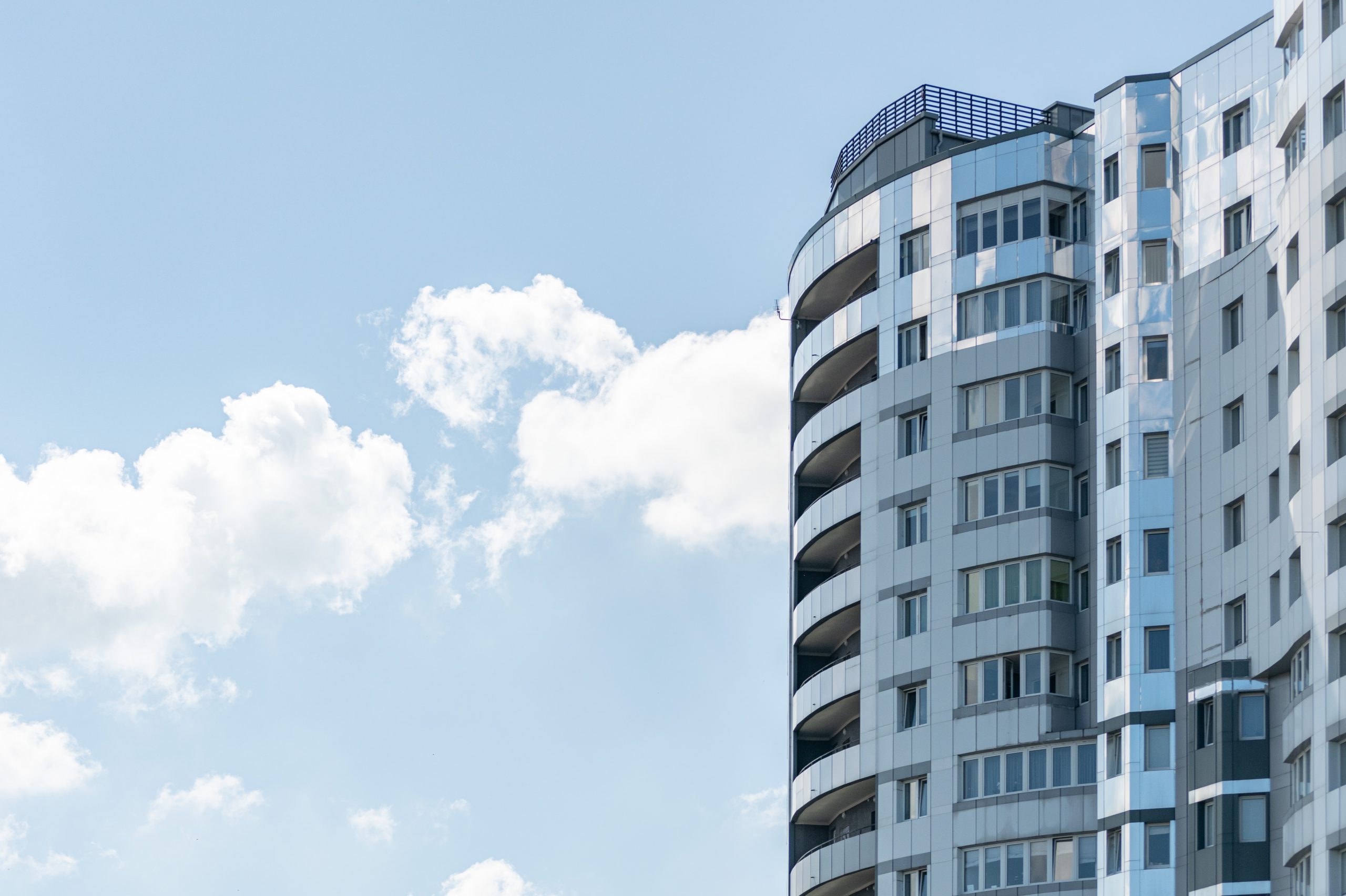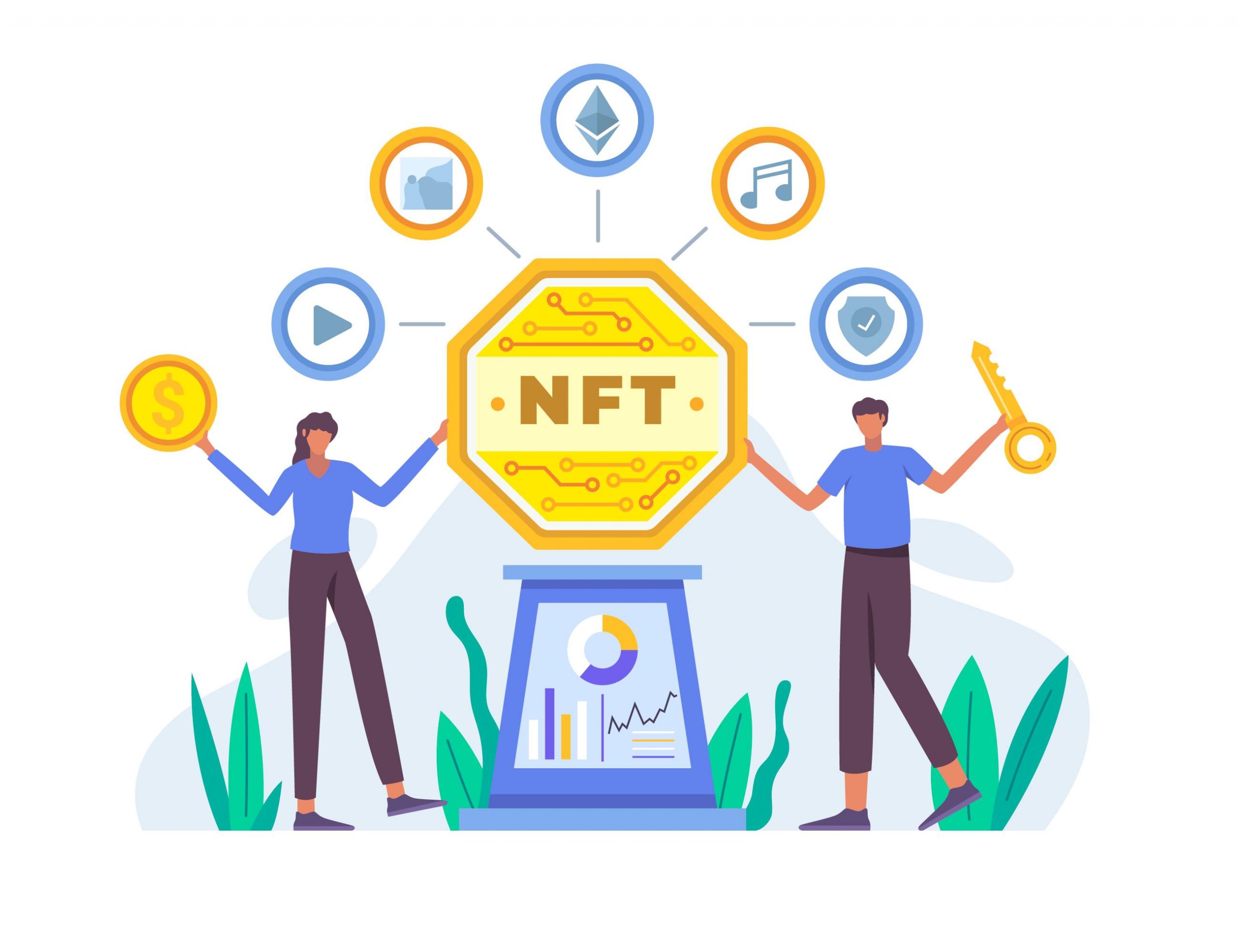Innovative Erosion Control Solutions: Harnessing Technology for Sustainable Land Management
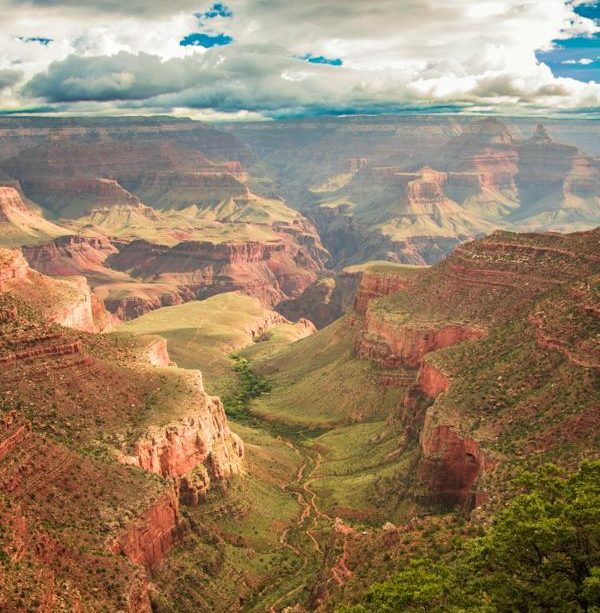
Innovations in technology have revolutionized the field of erosion control, offering new and innovative solutions to address soil erosion and protect vulnerable landscapes. From advanced monitoring systems to cutting-edge materials and construction techniques, these innovations enable land managers to implement effective erosion control measures while minimizing environmental impact. In this article, we will explore the latest trends and technologies in erosion control and their potential to promote sustainable land management practices.
Advancements in Monitoring and Analysis
One of the most significant advancements in erosion control is the development of sophisticated monitoring and analysis tools. Remote sensing technologies such as satellite imagery, aerial drones, and LiDAR (Light Detection and Ranging) enable land managers to assess erosion risk, identify vulnerable areas, and monitor changes in land cover and topography with unprecedented accuracy. Real-time data and analytics provide valuable insights into erosion dynamics, allowing for timely intervention and adaptive management strategies.
Geosynthetic Materials and Reinforcement Techniques
Geosynthetic materials, such as geotextiles, geogrids, and geomembranes, have revolutionized erosion control and soil stabilization practices. These synthetic materials offer superior strength, durability, and flexibility compared to traditional materials, making them ideal for a wide range of applications. Reinforcement techniques such as soil nails, rock anchors, and soil bioengineering combine geosynthetics with natural materials to create stable, erosion-resistant structures that withstand the forces of nature.
Green Infrastructure Solutions
Green infrastructure solutions leverage natural processes and vegetation to manage stormwater runoff, control erosion, and enhance soil stability. Techniques such as green roofs, bioswales, vegetated retaining walls, and permeable pavements mimic natural ecosystems and provide multiple benefits, including flood mitigation, habitat creation, and water quality improvement. These nature-based solutions are cost-effective, environmentally friendly, and aesthetically pleasing, making them increasingly popular in urban and rural landscapes alike.
Smart Erosion Control Systems
Smart erosion control systems integrate sensors, actuators, and data analytics to monitor environmental conditions, assess erosion risk, and automate erosion control measures. These systems can detect changes in soil moisture, slope stability, and vegetation cover in real time, allowing for adaptive management strategies and targeted interventions. By combining technology with traditional erosion control techniques, smart erosion control systems offer enhanced effectiveness, efficiency, and resilience in managing erosion-prone landscapes.
Conclusion
Innovative erosion control solutions driven by technology are revolutionizing the way we manage soil erosion and protect vulnerable landscapes. From advanced monitoring and analysis tools to geosynthetic materials, green infrastructure solutions, and smart erosion control systems, these innovations offer new opportunities to promote sustainable land management practices. By harnessing the power of technology, land managers can address erosion challenges more effectively, minimize environmental impact, and create resilient landscapes that thrive in the face of change.




